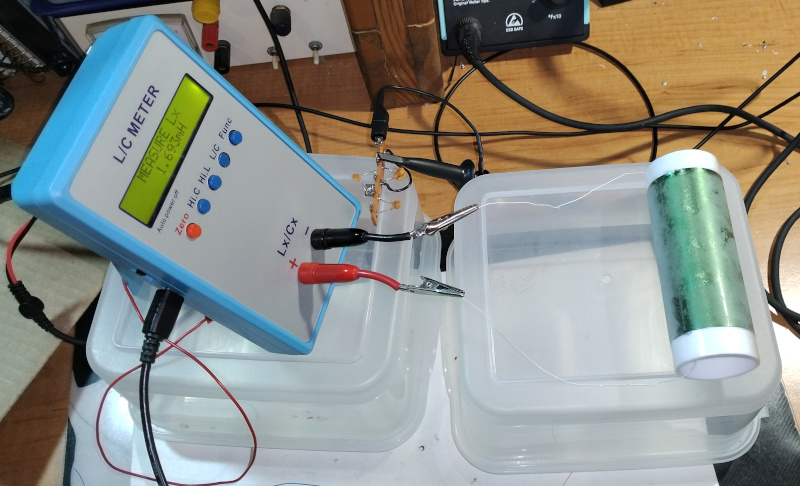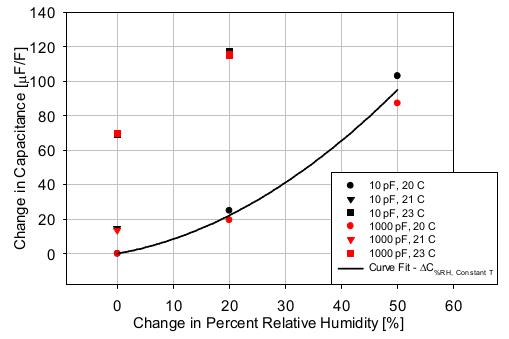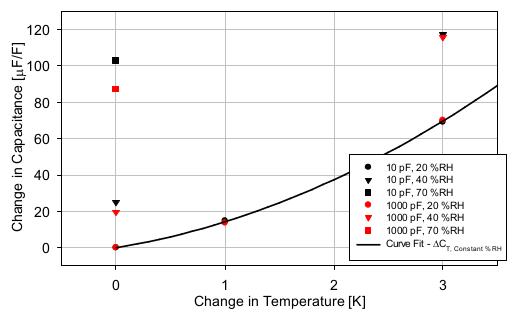Going To Ground
Grounding is a huge deal for Theremins, as it anchors the antenna voltage swing. But multiple ground points can cause ground loops and hum. Stage and recording situations for electric / electronic musical instruments also present plenty of potential ground loop scenarios, so there are many offerings of devices that couple the audio signal while decoupling ground. The passive ones are just transformers, the active ones use capacitors and op amps.
There seem to be two variants of the passive variety, the most common offers impedance transformation from 10k ohms or so unbalanced TS to 600 ohms balanced XLR. The transformer I/O relationships are:
V1 / V2 = N1 / N2 = I2 / I1
So if we multiply V1 / V2 * I2 / I1 we get V1 / I1 * I2 / V2 = Z1 / Z2, which is equal to (N1 / N2)^2, or the turns ratio squared. Taking the square root of both sides, we see sqrt(Z1 / Z2) = sqrt(10k / 600) = sqrt(16.666) = ~4. The turns ratio is also the voltage ratio, so going from 10k ohms to 600 ohms cuts the voltage swing down by a factor of about 4.
The other variant is a 1:1 type device, and is most often used in automotive audio and home stereo situations. I recently measured the ground lift / isolation device provided with the Haken Continuumini:
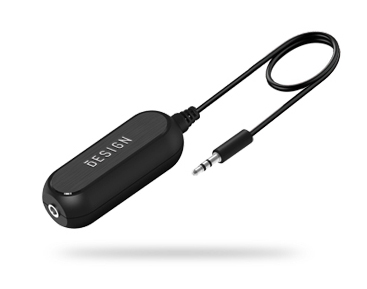
The windings on both sides have almost the same DC resistance, and driving a 1Vpp 1kHz sine wave into one side give a 1Vpp sine wave on the other. So there is no impedance transformation going on, and no reduction in the output voltage, other than small magnetization losses. However, there is quite a bit of bass distortion:
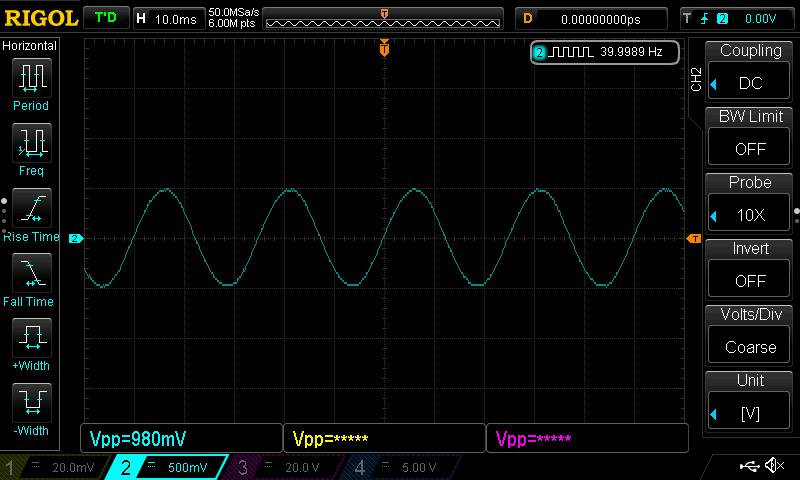
Above: An input of 1Vpp at 40Hz looks fine...
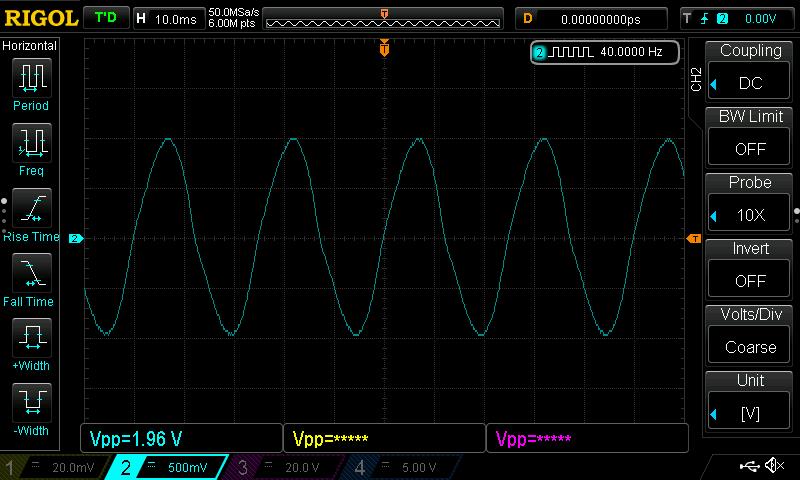
Above: 2Vpp at 40Hz has obvious distortion...
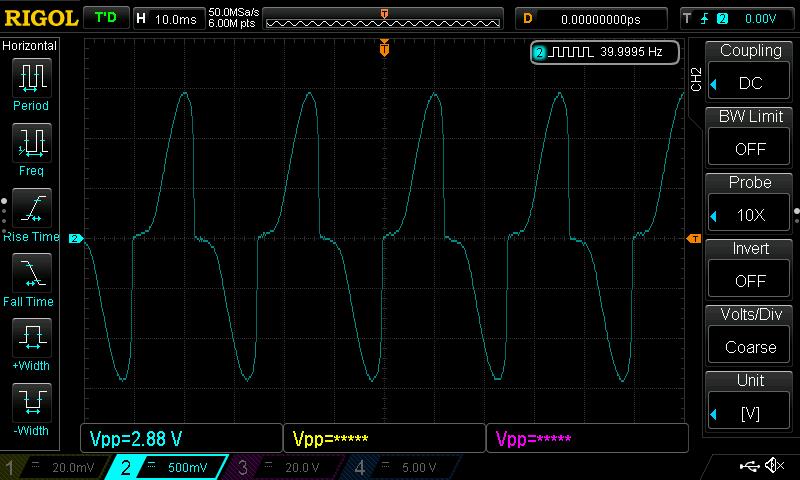
Above: 3Vpp at 40Hz is really bad, the tiny transformers inside are clearly saturating. This confirms and somewhat quantifies my experience using it with the D-Lev a while ago.
I think all of these passive DI boxes are pretty much the same inside, only differing in the quality of the hardware (connectors, switches, box) and of course the transformers. Some have attenuators to work with various input levels, which I assume are resistive and therefore lossy.
The active ones may add significant noise if not well designed. And then you have the mixer phantom power / battery / wall wart to deal with.
The EW grounds through the AC plug, and I believe the Claravox does the same. The Subscope probably grounds through the audio connection. For the D-Lev, the DAC box gets the digital audio data optically via TOSLINK, so that is a ground isolation point if the DAC box is powered via a separate AC USB charger. And there is always grounding via series 1nF to try too.
